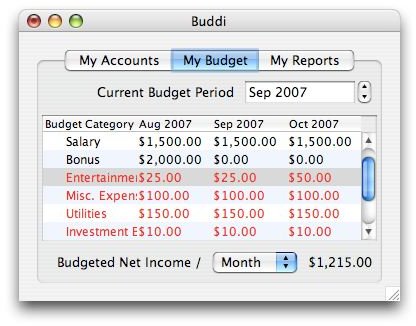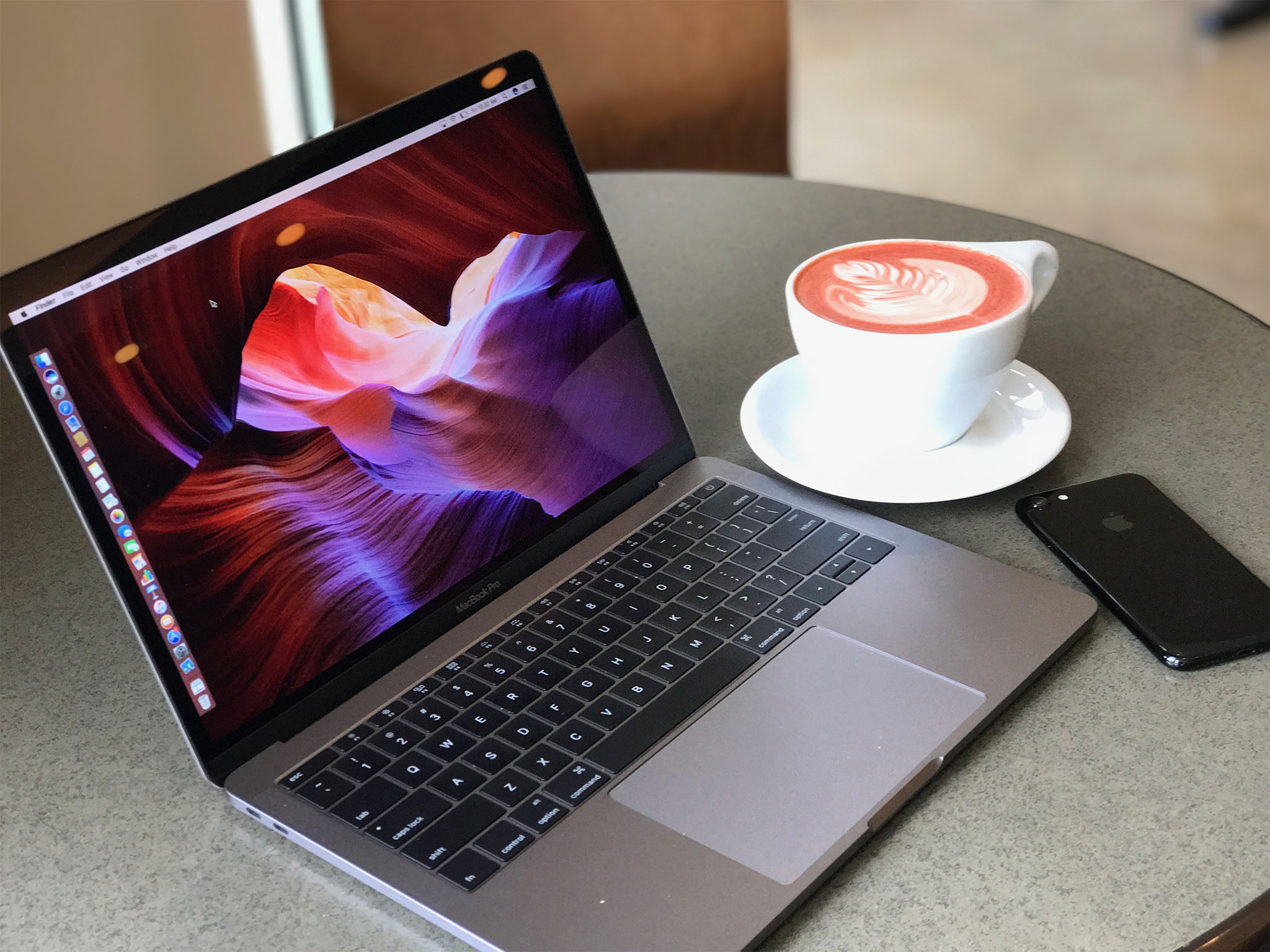The best Mac software both free and paid. Apple didn’t have a solution until OS X El Capitan. What’s more, even then it lacked some of the comprehensiveness of Microsoft’s alternative.
- January 02, 2021
- 18 min to read
Most free photo editors available on the App Store are quite basic, offering just a limited number of filters and allowing you to easily and quickly liven up your photos before posting them on social media.
But if you’re an aspiring or professional photographer, you probably need a more powerful app with a broader set of tools to use your creativity to the fullest. Besides, you probably use your Mac for photo editing because working on a large screen makes it possible to adjust the slightest details.
1. Apple’s Photos (Built-in app)
Apple’s Photos app is included for free on all recently released Macs. It does a good job at organizing your photos, but its collection of photo enhancement tools leaves much to be desired. Hopefully, our selection of the best free programs for photo editing on Mac will help you choose the right app to suit all your creative needs.
Our Mac OS antivirus software offers the best Mac virus removal and protects your system. Scan your system at the push of a button and repair folders with just one click. Our Apple virus scan software is free. Download it now for your Mac with macOS 10.13 (Sierra) and later versions! Time Machine backup is a software application, which is part of Mac’s OS X.This app creates incremental backups in what is possibly the simplest solution to create a backup hard drive Mac in a periodical manner. Since its launch in 2013, Slack has quickly become the first name in business collaboration and messaging, and its free Mac app is the best way to keep in touch with your team.
2. Luminar (7 days trial)
Luminar is another full-featured photo editor that’s popular with both Mac and Windows users. It can work as a standalone app as well as a plugin for such popular programs as Apple Photos.
Luminar uses Artificial Intelligence to enable sophisticated yet quick photo enhancements. Among these AI features are Sky Enhancer, which adds more depth and detail to the sky in your photos while leaving other areas untouched; Accent AI, which analyzes a photo and automatically applies the best combination of different effects to enhance your image; and Sun Rays, which allows you to place an artificial sun and adjust the lighting to your liking or make the sun rays already in your photo look even more incredible.
Luminar has over 60 filters you can apply to your photos to enhance them in a moment. Luminar also provides a set of powerful tools for cropping, transforming, cloning, erasing, and stamping, along with layers, brushes, and many more incredible features. Luminar supports the Touch Bar on the latest MacBook Pro, making photo editing even more effortless and pleasing.
3. Photolemur 3 (Free Version with watermark)
Photolemur is a relative newcomer on the photo editing market but it has all the chances to win the favor of beginner photographers and hobbyists. Running on Artificial Intelligence, Photolemur is a completely automatic photo enhancer, meaning that it does all the editing for you in no time. It has the simplest interface, with only a few buttons and sliders to adjust the enhancement to your liking and view the before and after results.
All you need to do is choose a photo (or a few) that you want to improve, drag and drop or import them using the Import button, and let the program make enhancements. After it’s done, you can compare the edited version with the original image by using the before–after slider and, if you want, adjust the skin tone or even enlarge the eyes using additional sliders. Pretty easy, huh?
Photolemur also offers a number of impressive styles to touch up your photos and give them a sophisticated and professional look. With this app, you don’t need to stuff your head with photo editing nuances and terms. Just run Photolemur and watch the magic happen!
4. Aurora HDR (14 days trial)
As you probably can tell from the name, Aurora HDR is designed to help photographers enhance their HDR photos, making them even more detailed and beautiful. It’s an ideal tool for editing your photos, with an extensive collection of more than 20 tools including details, tone, mapping, color, glow, and vignette. Each tool has its unique selection of controls to adjust its effects.
Aurora HDR enables you to work with brushes, layers, and masks, and provides a number of automatic AI tools for recognizing and removing noise, enhancing colors, lighting, and details, improving clarity, and adding contrast to dull areas while leaving other areas untouched.
Aurora HDR does a great job dealing with difficult lighting situations and creating full-of-life images while being easy to use.
5. Pixelmator (Trial 30 Days)

Pixelmator is a photo enhancer beloved by many Mac users, as it offers a good combination of a modern and simple interface, the ability to work on multiple layers, and powerful features that take photo editing to a whole new level. With so many editing tools, brushes, and effects, you can enhance your photos to your liking. You can choose between two versions of Pixelmator – standard and pro – depending on your needs. The standard version is great for basic photo editing with its selection of essential tools and filters, while the pro version is packed with extra brushes, tools, and effects that let you push your creativity to new boundaries. You can decide which version is suitable for you according to what features you’re looking for in a photo editing app.
6. Adobe Photoshop Elements 2021 (Trial link)
Photoshop Elements isn’t as affordable as other photo enhancers for beginner photographers. But luckily there’s a trial version available, so you can check it out before deciding whether this app is worthy of your money. Photoshop Elements acquired many powerful features from Photoshop, only Elements is simplified for amateur photographers and enthusiasts. It includes a good number of effects and filters, plus automated editing options for improving lighting, color balance, and exposure, and even opening closed eyes and reducing the effects of camera shake.
In addition to all of these awesome features, Photoshop also offers editing modes for beginners, intermediate users, and experts. Beginners will probably prefer Quick mode, as it focuses on essential tools to quickly enhance your photos by improving color, lighting, and other basic settings. Guided mode provides intermediate users with step-by-step guidance with more professional features like artistic effects, skin tone correction, and background replacement. Expert mode gives you full access to the app’s really powerful editing features and is ideal for creating stunning images.
7. Affinity Photo (Free Trial)
Affinity Photo’s interface may seem overwhelming at first, especially for novices, but when you come to grips with it you’ll find that the app is just what you’ve been looking for. Its numerous professional tools, effects, and filters encourage you to get creative with your photos. Among the coolest features Affinity Photo has to offer is a before and after view to compare the original photo with its edited version.
Affinity Photo works with 15 file types, including common ones like PDF, PSD, JPG, and GIF as well as some less popular ones. The app amazes with its abundance of basic and top-notch editing tools, allowing you to tweak your photos using all possible kinds of instruments. Affinity Photo allows you to edit HDR photos, apply artistic filters and effects, play with masks and layers, and create breathtaking compositions by combining several images in one. If you find its interface a bit much and are afraid of getting lost in all those advanced tools, you should probably look for something more suitable for your level. But Affinity Photo is worth mastering.
8. Google Photos
Google Photos is a popular cloud storage service for photos and videos. It can’t boast countless masterly tools like other photo enhancers that we review in this article, but it includes some fundamental features like filters, color adjustment sliders, and transformation tools.
Although Google Photos may not be that helpful when it comes to editing photos, it does a pretty good job at storing high-resolution images and videos with 15GB of free online storage, compared to iCloud’s mere 5GB (which you can upgrade to 50GB for a monthly fee). If you’re planning to go on a trip and take plenty of photos, then it might be smart to sign up for Google Photos to use that extra storage space when you come back.
9. PhotoScape X (Free)
A relatively new photo editing app, PhotoScape X has been gaining popularity with many Mac and PC users since its release in 2008. Its interface is simple but unconventional, with a number of tabs running along the top of the window. Each is responsible for a specific stage of editing. The Viewer tab allows you to browse and organize your photos. After you pick a photo, you can switch to the Editor tab, which includes a broad set of instruments, filters, and effects and a useful feature that enables you to compare the adjusted photo with the original.
The next tabs, including the Batch tab, mainly concentrate on editing and renaming multiple photos at once. The GIF tab allows you to easily create an animated GIF from a group of selected photos.
The downside of PhotoScape X is a lack of selection tools, so all changes are applied to the whole image rather than to a selected part.
10. Gimp (Free)
Gimp is a free open-source photo editing app that has been on the market for over 22 years and is available for Windows, Mac, and even Linux. Unlike many free apps, Gimp doesn’t have any ads or in-app purchases. Its grey interface might seem a little old-fashioned and it may be a bit sluggish when it comes to complex effects, though.
Gimp offers a vast collection of advanced tools that hardly any free photo editor can boast. It has numerous enhancement options such as clone and heal brushes, layers and channels, accurate selection tools, a number of transformation instruments, and, of course, color adjustment controls. Gimp is one of the most powerful tools for enhancing photos and is beloved by so many users for its price (free) and versatility. But if you can’t come to grips with Gimp’s interface, it may be worth paying some cash for a more user-friendly program.
It is true that you can take a screenshot on Mac by pressing Shift, Command and 3/4/5/6 keys on the keyboard. As a result, you can quickly capture your Mac’s screen via keyboard shortcuts. Since there are premade key combinations to capture any portion on Mac, why you still need a Mac screenshot tool?
The main reason is that you cannot get drawing tools and other advanced features from the straightforward Mac screenshot feature. Mac will save the screenshot as PNG by default. You need to use an image converter to change the screenshot format. In many cases, a snipping tool for Mac really helps.
Part 1: Top 7 Best Free Screenshot Tools for Mac
To take a screenshot on Mac without keyboard, you can take a look at the following paragraphs. Here’re top 10 best screenshot tools for Mac free to use in 2020.
Top 1: Vidmore Screen Recorder
There is a built-in free screenshot tool for Mac in Vidmore Screen Recorder. It’s okay if you don’t get its full version or even register an account. You can take a Mac screenshot of the whole screen or single window. The Mac screenshot capture software offers real-time drawing tools. Thus, you can emphasize the key point and draw anything on the screenshot directly. The screenshot will be saved as PNG, JPG, JPEG, BMP, GIF or TIFF based on your need.
Main Features:
- Capture Mac screen with full screen or browser window.
- Save Mac screenshot picture as PNG, JPG, JPEG, BMP, GIF or TIFF.
- Add rectangle, ellipse, line, arrow, callout, text and more in any size and color to your screenshot.
- Safe, clean and totally free to use. No registration or hidden purchase.
- The free Mac screenshot software works with Mac OS X 10.10 or above.
Top 2: Lightshot
Lightshot is a free screenshot tool for Mac. You can select any area on your Mac computer to capture. Later, you can share the screenshot via Internet directly.
Pros:
- Take a screenshot on Mac with any screen size.
- Upload your Mac screenshot to the server or get its short link to share.
- Use the online editor to edit screenshots on Mac. (Find more video editor here)
Cons:
- Lightshot may close down suddenly.
- The copy function in Lightshot does not work.
Top 3: Snappy
You can capture any part of your Mac computer with Snappy automatically. The free screenshot tool for Mac allows users to annotate, resize and customize the screenshot picture. Moreover, you can organize, collaborate and share Mac screenshot within Snappy on Mac.
Pros:
- Grab Mac screen by drawing or shortcuts.
- Collect snaps stored on Mac and make then well organized.
- Share screenshots to Facebook, Twitter, Dropbox, Email and more.
Cons:
- Lack editing features.
- Snappy becomes quite buggy.
You may want to know: how to record audio on Mac
Top 4: Skitch
Skitch is a free screenshot for Mac that works with Evernote. If you are in the business of taking screenshots for your team, Skitch can be your good companion.
Pros:
- Snap, mark and send a screenshot on Mac.
- Add text, shape and draw on your screenshot image.
- Blur the obscured areas.
Cons:
- Skitch crashes and freezes in the half of time.
- Still need the UI improvement.
Top 5: Recordit
Recordit is a GIF-based screencast tool for Mac free to use. You can also install Recordit plugin to quickly take a screenshot on your Mac computer.
Pros:


- Use hotkeys to screenshot on Mac.
- Get free cloud storage space for screenshots.
- Provide multiple upload and share options.
Cons:
- Recordit free version is limited.
- Require the stable Internet connection.
Top 6: Snagit
TechSmith Snagit offers the free trial for screen capture and recording on Mac. You can capture a process and add drawing tools of what you see on Mac screen.
Pros:
- Draw on Mac screenshot with markup and annotation tools.
- Convert Mac screenshots into simplified graphics.
- Get direct file sharing feature.
Cons:
- Snagit free trial lasts for 15 days only.
- Snagit full version is expensive.
Top 7: Monosnap
Monosnap is a free online screenshot tool. You can capture screenshots on Mac with full screen, custom area or window. If you want to edit and add annotations, you need to register its user account first.
Mac Freeware Software
Pros:
Best Free Mind Mapping Software Mac Os X

- Highlight on screenshot with multiple drawing tools.
- Use blur tool to hide sensitive information in your screenshot.
- Share Mac screenshot to Twitter, Facebook, Google Drive, Dropbox, etc.
Cons:

- Monosnap gets buggy with the new OS releases.
- You need to pay to unlock third-party services.
Part 2: FAQs about Mac Screenshot Tool
Where are screenshots saved on Mac?
If you capture Mac screen with official shortcuts, your screenshot will be saved on desktop by default. For macOS Mojave users, you can change the default screenshot destination folder. Just head to Options in the Screenshot app.
Is Preview the hidden screenshot software for Mac?
Best Mac Os X Software
Yes. There is Take Screenshot feature in Preview. You can screen capture on an PDF file or image in Preview on Mac for free.
Can website see if you screenshot?
Best Free Mac Os X Software Windows 10
No. It is not allowed for the browser to detect whether users use a Mac screenshot tool or not. Your screenshots are not traceable.
Best Free Mac Os X Software 2019
Actually, you can use any screenshot app to capture Mac’s screen as JPG and other formats. It is also supported to copy and paste Mac screenshot to clipboard. Which can be your best free screenshot tool for Mac? You can feel free to share with us.